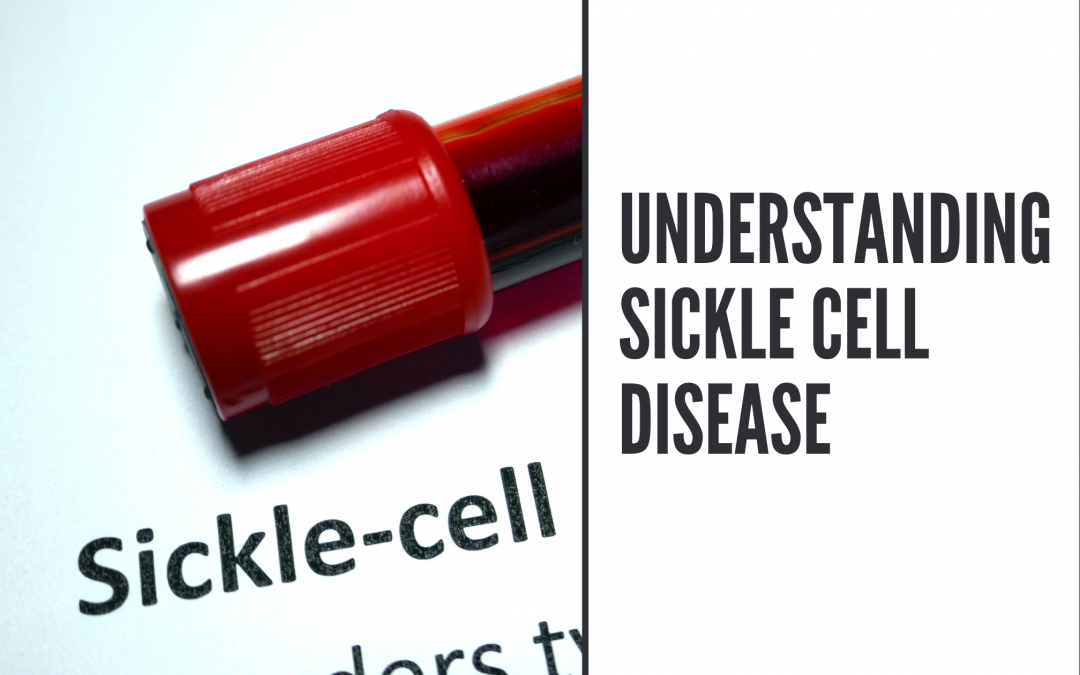Nearly 2,000 babies are born with sickle cell disease (SCD) every year.
People of African descent are hit the hardest. On June 19th, World Sickle
Cell Awareness Day will shone a light on this most common inherited blood
disorder in the United States.
Organizations across the globe and in your area are working on getting
the word out about sickle cell disease.
- One out of 10-12 African Americans has sickle cell trait.
- SCD also affects Italians, Latin Americans, Greeks, Arabs, and
Asiatic Indians. - 75,000 hospitalizations are due to sickle cell disease annually.
- 100,000 individuals are living with SCD in the USA.
- 100-million people around the world suffer from SCD.
This is where you may come in! The goal is to also discuss challenges
facing patients, their families, and caregivers.
For example, have you had any problems getting SCD care in the
emergency department? There are reports that adults and kids with sickle
cell disease have long wait times. Or worse yet, some medical staff just
don’t know enough about SCD!
World Sickle Cell Awareness Day gives a chance to share your stories.
How Sickle Cell Disease Affects the Body
- Normal red blood cells are round– imagine doughnut-shaped. They
easily slide through small blood tubes in the body to deliver oxygen. - Sickle red blood cells are hard, sticky, and rough-shaped– imagine
sickles that cut items. - These hard and pointed red cells don’t go through the small bloodtube easily. In fact, they clog the flow and break apart. This can cause pain, damage, and a low blood count.
All states now screen every newborn for sickle cell.
A child gets sickle cell disease when receiving two sickle cell genes– one
from each parent.
A child who inherits only one sickle cell gene has sickle cell trait (SCT).
The baby will need to see a pediatric hematologist if this test finds signs of
the disease.
(A pediatric hematologist is a specialist who diagnoses and treats blood
disorders in children, teens, and young adults.)
On the other hand, if the test shows only the sickle cell trait, then the
parents meet with a general pediatrician. And the child usually does not
need to see a hematology specialist.
This speedy diagnosis is very important before infants show any SCD
symptoms. Early treatment cuts down the risk of infections and other
serious complications.
Life Expectancy with Sickle Cell
A person with SCD can live a long and high-quality life.
In fact, more than 95% of newborns with SCD in the United States will live
to be adults.
If you or your child have SCD, there are ways to lower the chances of
problems.
- Get regular checkups with your doctor.
- Follow treatments prescribed by the doctor, such as taking certain
medications. - Prevent infections with simple steps, like washing hands.
- Practice healthy habits, such as drinking 8 to 10 glasses of water per
day.
Sickle Cell Care Expansion Act
The Sickle Cell Care Expansion Act (H.R. 7177) is making the rounds in
Congress. It would expand the National Health Services Corps (NHSC) to
provide scholarships and loan repayment assistance. The end goal is to get
more medical professionals to specialize in treating Sickle Cell Disease.
This legislation would create grants to increase awareness about SCD. It
also would improve resources available to those with SCD.
Click HERE for a resource on recieving better care for sickle cell disease in the ER.
This post was written by ANTHONY M. SCIALIS. You can find him HERE.

